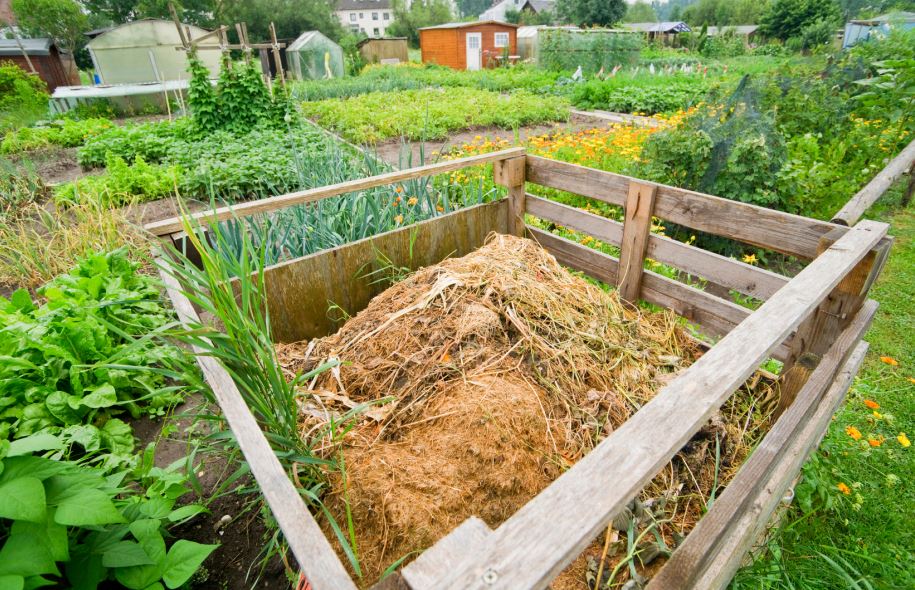
Overview
Home composting is an easy and inexpensive way to create a valuable soil amendment from yard and household waste. Composting means less waste going into the landfill and less need for chemical fertilizers.
While many people simply pile their compost in a heap, others may want to use a bin to contain their compost and speed up the composting process. Compost bins vary in size, use, and cost, whether you purchase a commercial product or build one yourself. This Do-It-Yourself Compost Bin series provides you with all you need to know to build your very own compost bin.
Wood Pallet Composter
Wood pallets can make inexpensive and durable compost bins (figure 1). Used pallets are often available from local businesses, manufacturers, or landfills. This bin can be used as a holding or turning unit. To use it as a turning unit, unhook the sides, set up the composter next to the existing pile, and then transfer
Cost: $
Capacity: Eight to ten 30-gallon bags of yard materials
Degree of difficulty: ✪
Little or no building skills needed
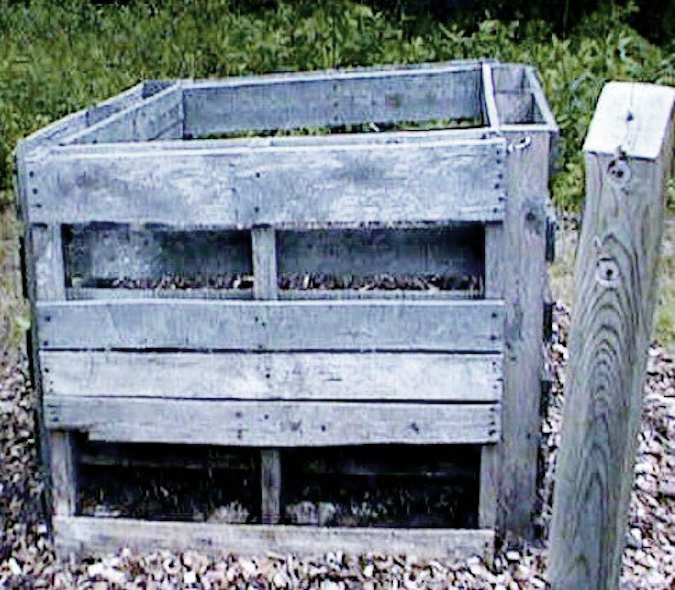
Construction Materials
- Four wooden pallets (five if you want a bottom for the bin), sized to make a four-sided container at least 3 x 3 x 3’
- Eight large hook-and-eye gate latches (bolt latches, rope, or bailing wire are also options)
- Level
- Shovel
- Work gloves
Construction details
- Level the ground where the pallet bin will sit.
- Connect four pallets with hooks and eyes or bolt latches to make a four-sided bin at least 3 x 3 x 3’. (The pallets can also be tied or wired together.)
- Optional: A fifth pallet may be used as a base to allow more air to get into the pile and to increase the bin’s stability. However, this base pallet will decompose faster than the sides and make it more difficult to turn the bottom of the pile.
Conclusion
Now you are ready to set your bin out in your yard and begin composting! Learn more about making and using compost in the garden as you get started.
Authors: Joe Van Rossum, former Recycling Specialist and Director at the Solid & Hazardous Waste Education Center (SHWEC)
Rev: 2013
Item number: G4020-06
References
Composting to Reduce the Waste Stream (NRAES-43) Plants and Life Sciences Publishing (PALS), Cornell Cooperative Extension http://palspublishing.cals.cornell.edu/ nra_order.taf?_function=detail&pr_ booknum=nraes-43
Master Composter Resource Manual Cornell Waste Management Institute cwmi.css.cornell.edu/ mastercompostermanual.pdf


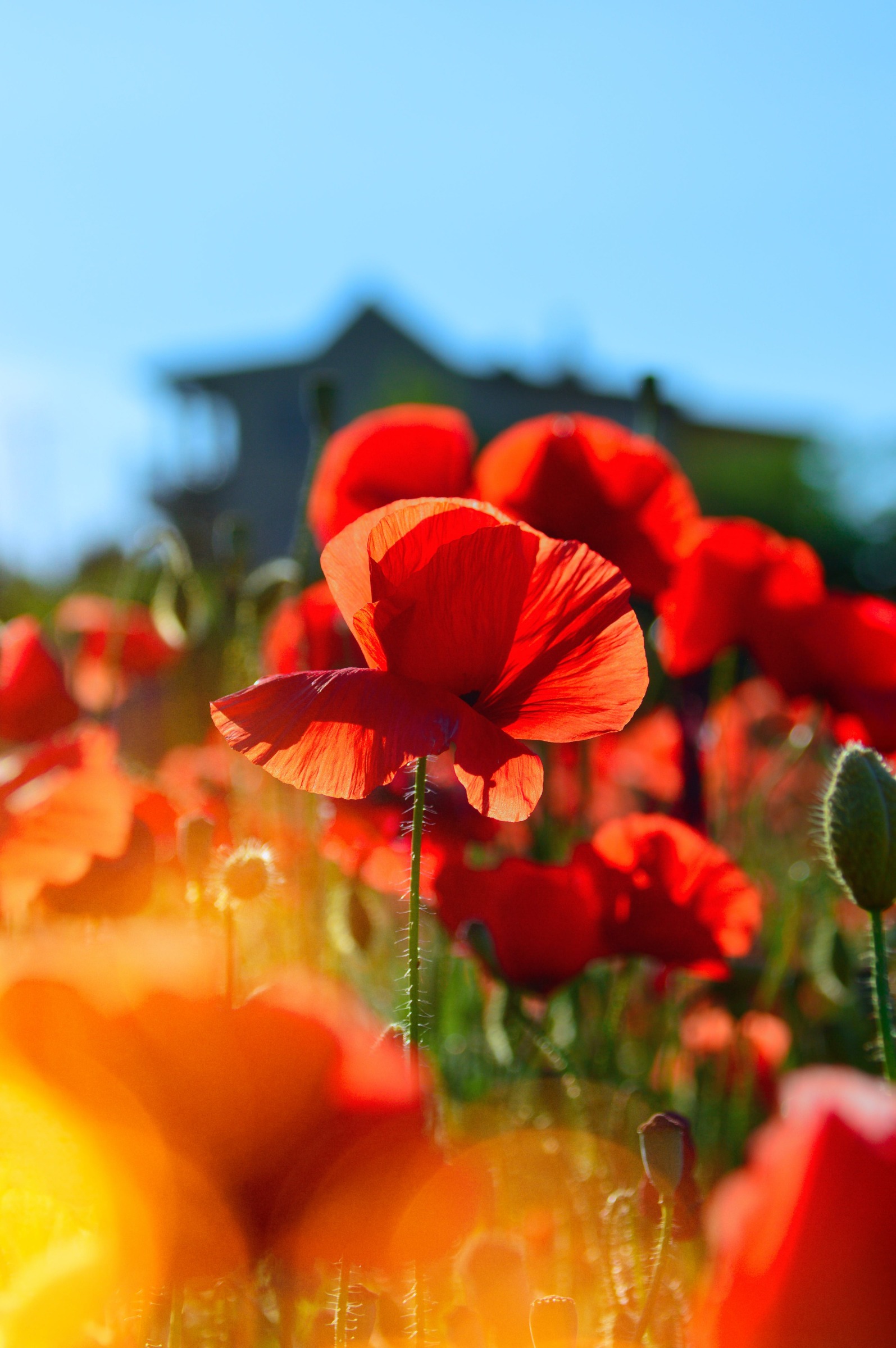
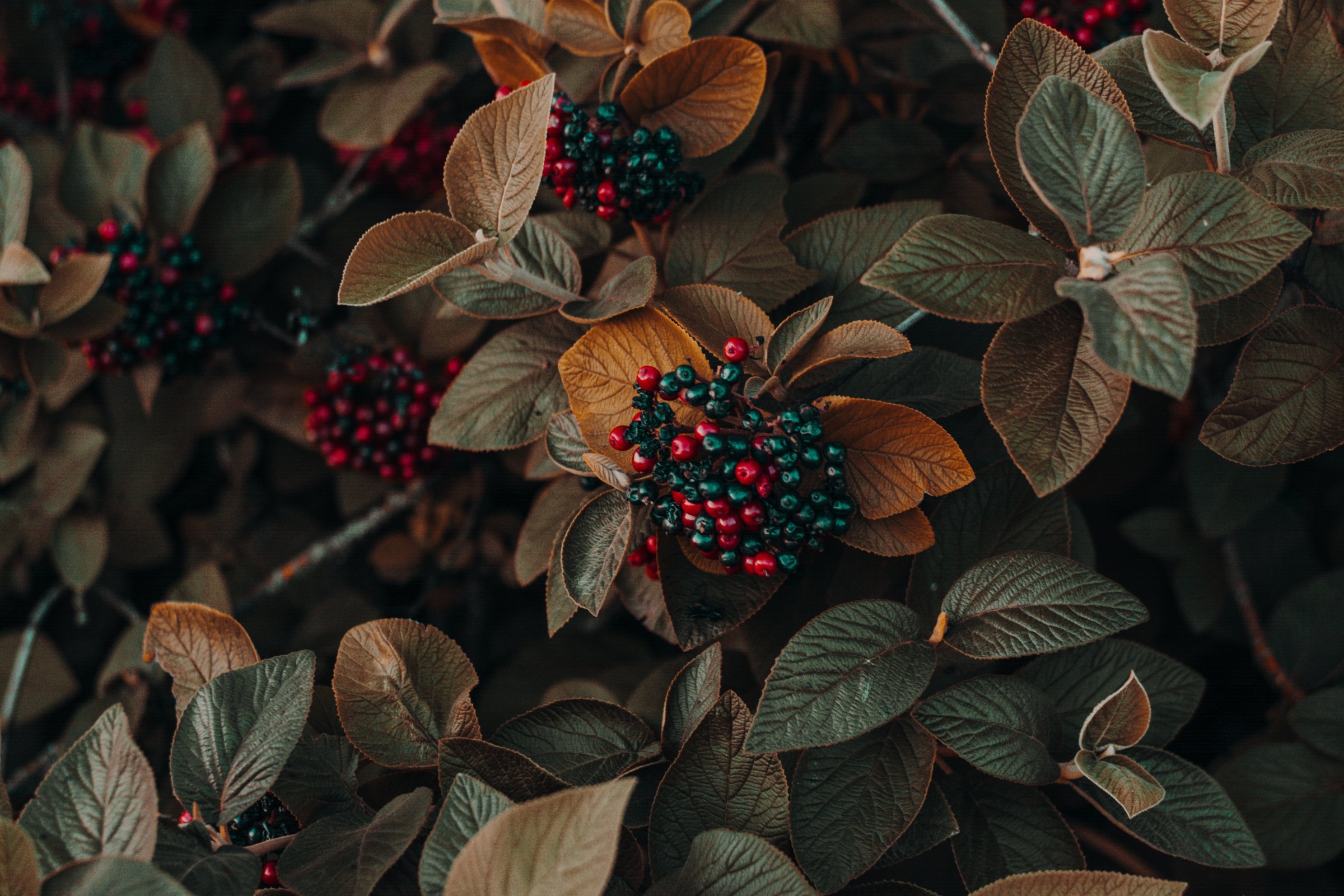

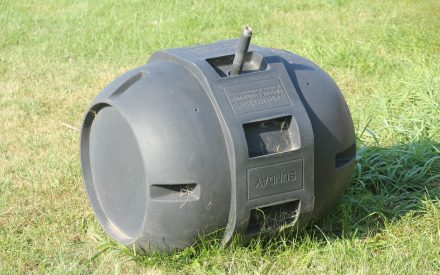 Barrel Composter: Do-It-Yourself Compost Bin Instructions
Barrel Composter: Do-It-Yourself Compost Bin Instructions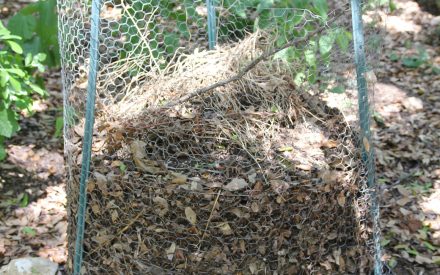 Wire Mesh Composter: Do-It-Yourself Compost Bin Instructions
Wire Mesh Composter: Do-It-Yourself Compost Bin Instructions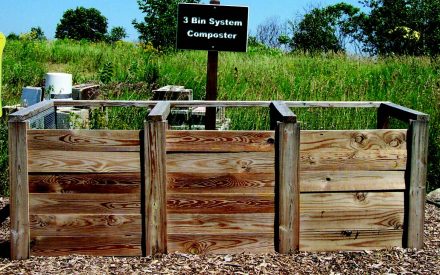 Wood 3-Bin Composter: Do-It-Yourself Compost Bin Instructions
Wood 3-Bin Composter: Do-It-Yourself Compost Bin Instructions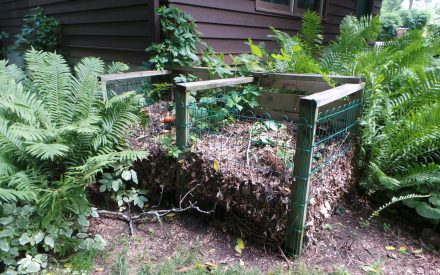 Wood & Wire Composter: Do-It-Yourself Compost Bin Instructions
Wood & Wire Composter: Do-It-Yourself Compost Bin Instructions


